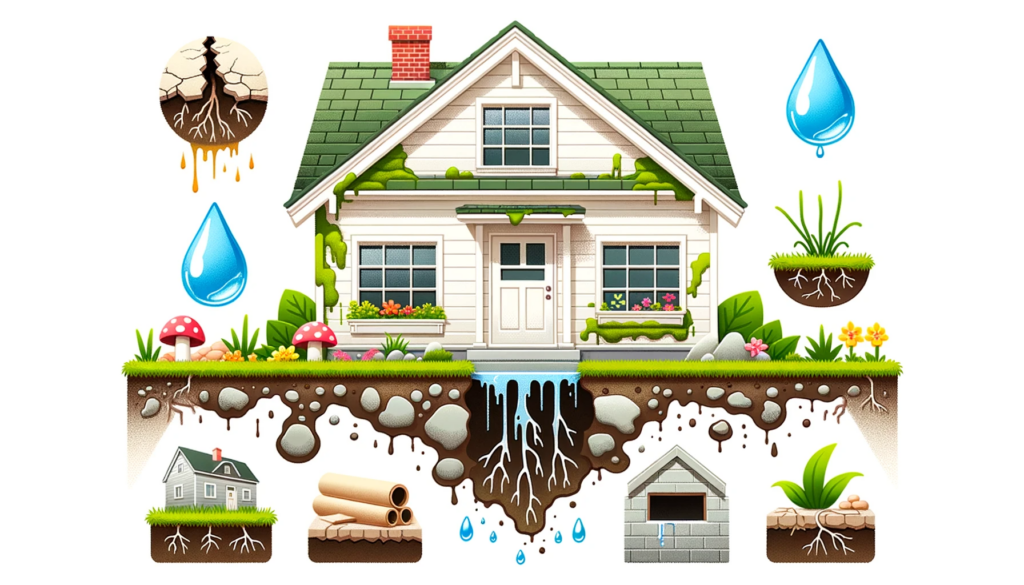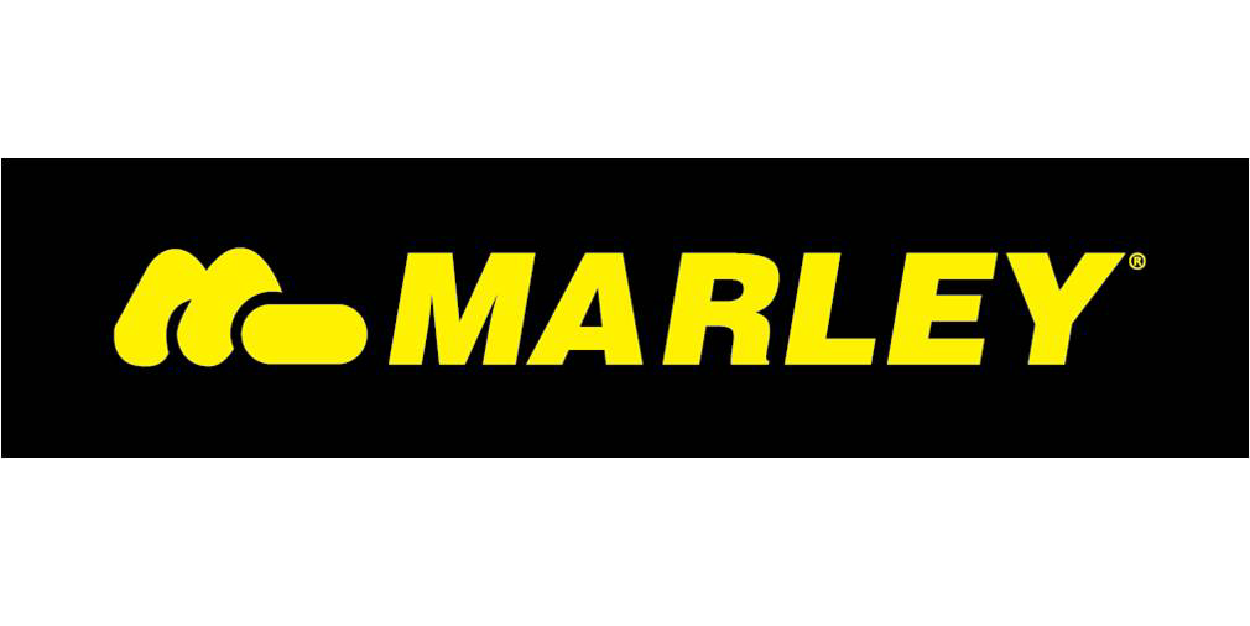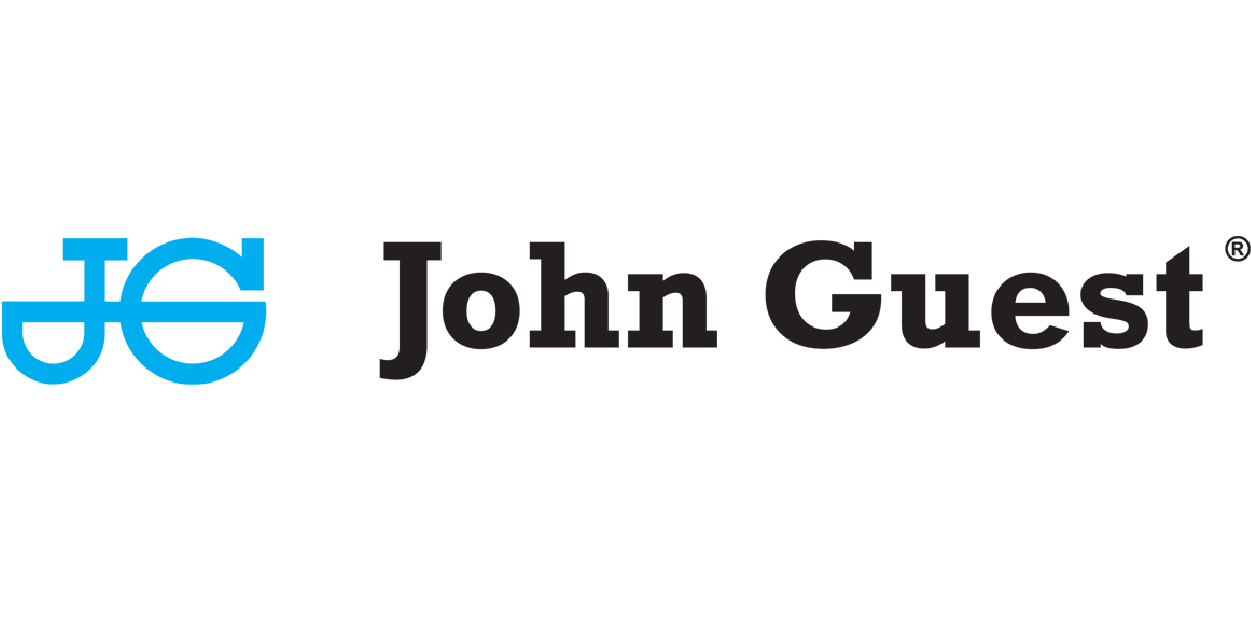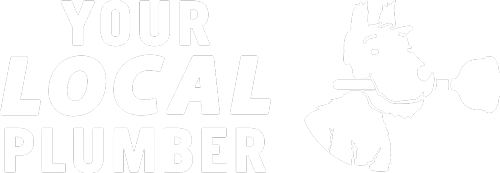
Call Today 09 973 4973 or
Sewer line leaks are a significant issue that often goes unnoticed until it’s too late. They can cause substantial damage to your property and pose severe health risks due to the contamination of soil and groundwater. Understanding the causes, signs, and methods for detecting these leaks can help homeowners act swiftly to prevent or mitigate damage.
Common Causes of Sewer Line Leaks
Sewer line leaks can occur due to a variety of factors, with some of the most common being age, tree root intrusion, ground movement, and improper installation.
Older homes often have sewer lines made from materials such as cast iron or clay, which can deteriorate over time and become susceptible to leaks. Similarly, the presence of large trees near the sewer lines can also pose a risk, as their roots can infiltrate the pipes in search of water, causing cracks and leaks.
Ground movement caused by seismic activity, soil settling, or heavy surface traffic can exert pressure on sewer lines, causing them to crack or break. Lastly, improperly installed sewer lines are more prone to developing leaks, further emphasising the importance of getting the installation done by professionals.
Recognising the Signs of a Sewer Line Leak
Detecting a sewer line leak early can help prevent extensive damage. There are several telltale signs that homeowners should be aware of:
Odour: An unpleasant smell of sewage around your property is often the first indication of a sewer line leak.
Patches of lush vegetation: Since sewage acts as a fertiliser, you might notice areas of unusually green or lush vegetation in your garden.
Settling Soil: Sewer leaks can cause soil erosion around the leaking area, which may result in visible soil settling or even sinkholes.
Slow Drains: If multiple drains in your home are draining slower than usual, it could indicate a problem with the main sewer line.
Sewage Backup: Frequent or recurrent backups in toilets or drains are also indicative of potential sewer line issues.
Leak Detection Methods
Several professional methods exist for detecting sewer line leaks. A sewer camera inspection is one of the most effective ways to visually identify leaks or damage in sewer lines. In this method, a camera attached to a flexible rod is inserted into the sewer line, providing a live feed of the pipe’s condition.
Another technique used by professionals is acoustic leak detection, which involves listening for the sound of running water or gases escaping from the pipe. Specialised equipment is used to amplify these sounds, helping to pinpoint the exact location of the leak.
Smoke testing is another common method, especially for finding leaks in large sewer systems. In this procedure, non-toxic smoke is introduced into the sewer line, and any escaping smoke indicates the location of a leak.
Preventing Sewer Line Leaks
While it may not be possible to prevent all sewer line leaks, homeowners can take steps to minimise their risks. Regular inspections by professionals can help detect and address potential issues early. If your home is older, it may be worth considering sewer line replacement, especially if the pipes are made of outdated materials. Similarly, being mindful of the trees you plant and their proximity to the sewer lines can also help avoid damage caused by roots.
Sewer line leaks can cause significant problems for homeowners, but with awareness of the signs and prompt action, it’s possible to prevent or mitigate their impacts. Always seek professional help when you suspect a sewer line leak to ensure the issue is correctly identified and addressed.
Suppliers




